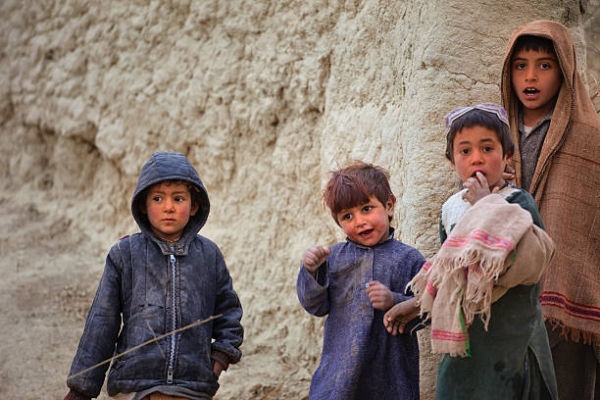Action on Armed Violence (AOAV) is a research charity devoted to the analysis and monitoring of the causes and consequences of weapon-based violence to reduce the impact of armed conflict. In this report, AOAV has analyzed data from the United Nations Assistance Mission in Afghanistan (UNAMA) on the casualties of airstrikes in Afghanistan in the period between 2016 and 2020. From this analysis, AOAV has denounced the unacceptably high number of child casualties, amounting to 40% of all civilian casualties from airstrikes.
According to the data gathered, between 2016 and 2020, civilian casualties from airstrikes were 3,977, of which 2,122 killed and 1,855 injured. Of the overall number of civilian casualties, 1,598, namely 40%, were children, of whom 785 were killed and 813 injured, while the latter accounted for 37% of the overall civilian deaths from airstrikes. Moreover, according to the UNAMA data, 50 % of overall civilian casualties and 62% of civilian deaths from airstrikes were caused by the international coalition. After 2017, an increase in casualties has been registered, with the numbers tripling between 2017 and 2019, from 247 to 757. This increase in casualties is directly connected to an increase in airstrikes from the United States (US) and the Afghan Government. Indeed, in October 2017 the US loosened the Rules of Engagement for airstrikes against the Taliban as part of President Trump’s promise to “lift restrictions and expand authorities” for fighters in Afghanistan. The new regulations have allowed the targeting of Taliban posts even if not in proximity of NATO or Afghan forces. The lifting of restrictions has, however, prompted a massive increase in civilian casualties, as well as less regulation in airstrikes, and less transparency on the number of casualties. Consequently, after the US loosened the Rules of Engagement, the number of airstrikes’ victims increased by 85% in one year (2017-2018) and in 2019, the US Air Forces were responsible for more than two-thirds of child casualties from airstrikes. An Example of the drastic consequences of the deregulation in US airstrikes is the incident of July 2018 when the US Air forces targeted a residential compound in the Chahar Dara district, in the Kunduz Province, killing 14 women and children.
Following the new Rules of Engagement in 2017, and particularly after the deal between the US and the Taliban signed in March 2020, transparency on the number of casualties from US airstrikes has been undermined. Indeed, the number of civilian casualties communicated by the US differs widely from the data gathered by UNAMA. In 2018, the US acknowledged responsibility for 118 casualties, of which 70 killed and 48 injured, a difference of over 500% with the number of casualties reported by UNAMA. In 2019 as well, the US acknowledged 98 deaths and 61 injuries, again a difference of 500% compared to UNAMA data. Moreover, following the US-Taliban deal in March 2020 and the scaling back of aerial operations, the US Air Forces Central Command ceased to publish monthly reports on aerial operations. However, for the first two months of 2020, UNAMA attributed 39 child casualties, 32 killed and seven injured, to the international coalition.
Despite the peace talks between the Taliban and the Afghan government, which began in September 2020, the Taliban continue to carry out attacks on civilians. A resurgence in attacks has been registered in response to the failure of the US administration to withdraw troops by 1 May, prolonging the deadline to 11 September 2021. Furthermore, there is fear that the withdrawal of the US will provide the Taliban with a “green light to take over”, leading to an increase in instability and violence in the country. In conclusion, AOAV expressed concern regarding future civilian casualties. Indeed, with the US withdrawal, the US-trained Afghan forces will take the lead on airstrikes in the fight against the Taliban, prompting fear of an increase in casualties. The data provided by UNAMA are, indeed, indicative of this increase as, after the takeover of the Afghan forces, the number of civilian casualties recorded in the first six months of 2020 has tripled compared to the same period in 2019.
To know more, please visit:
Author: Carla Leonetti; Editor: Eleonora Gonnelli







